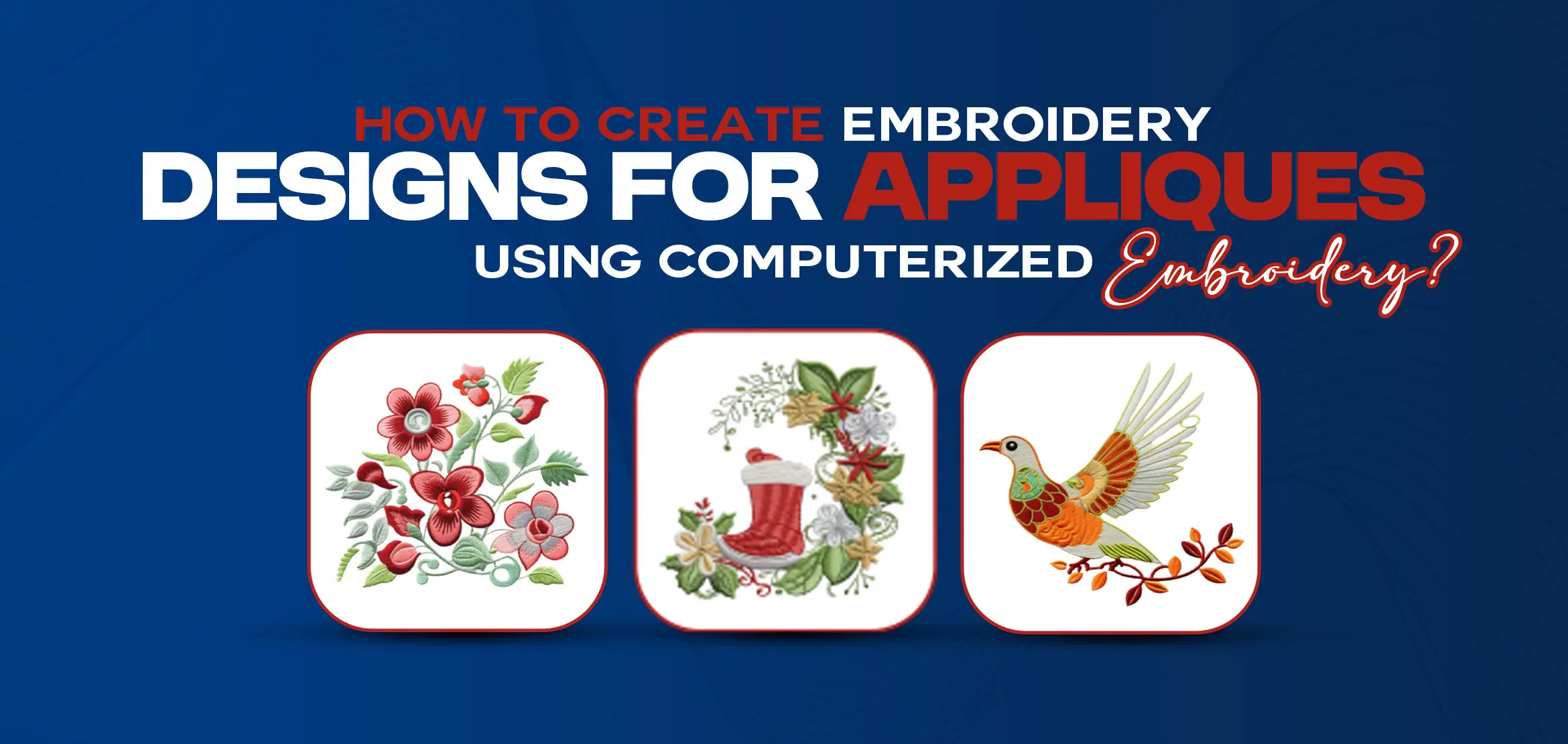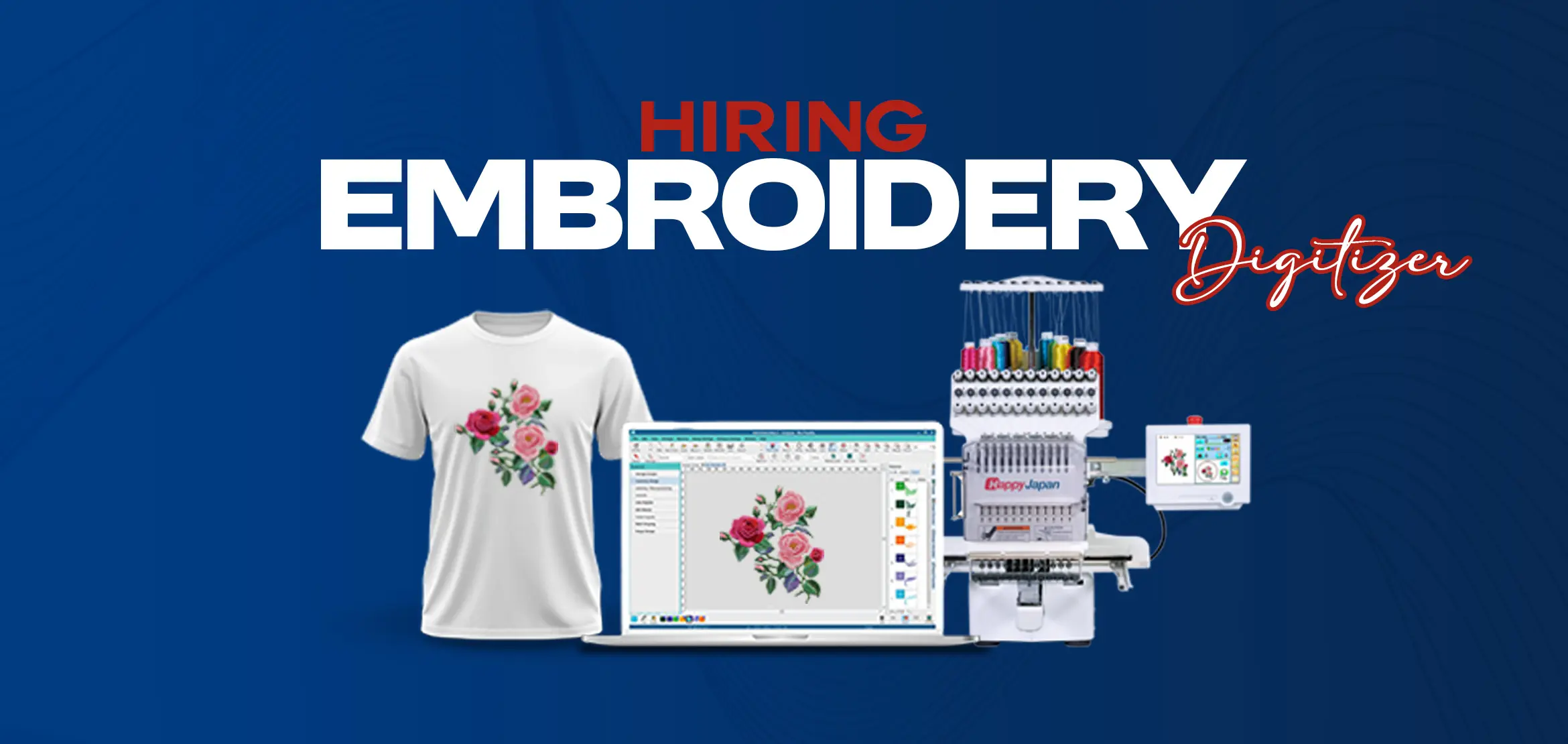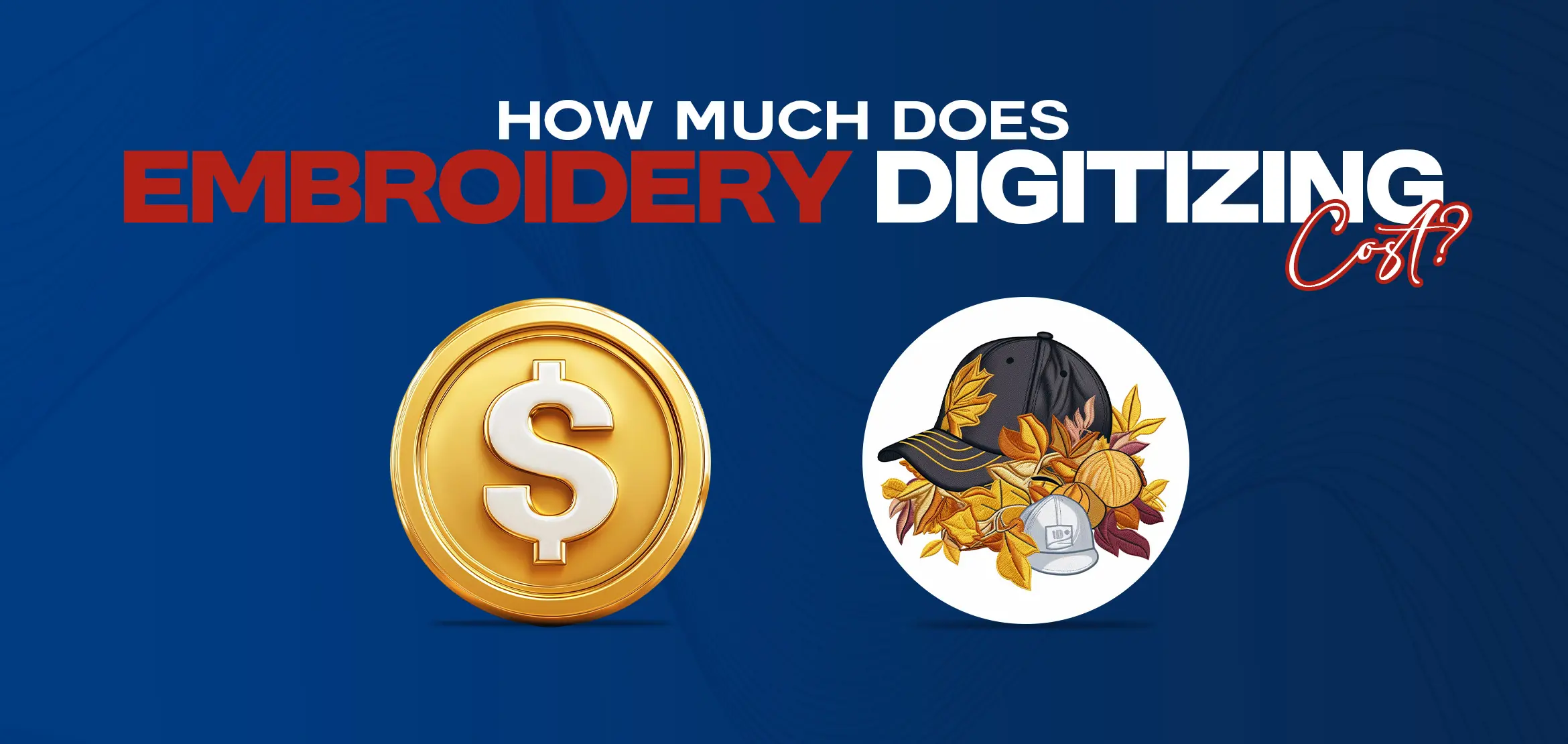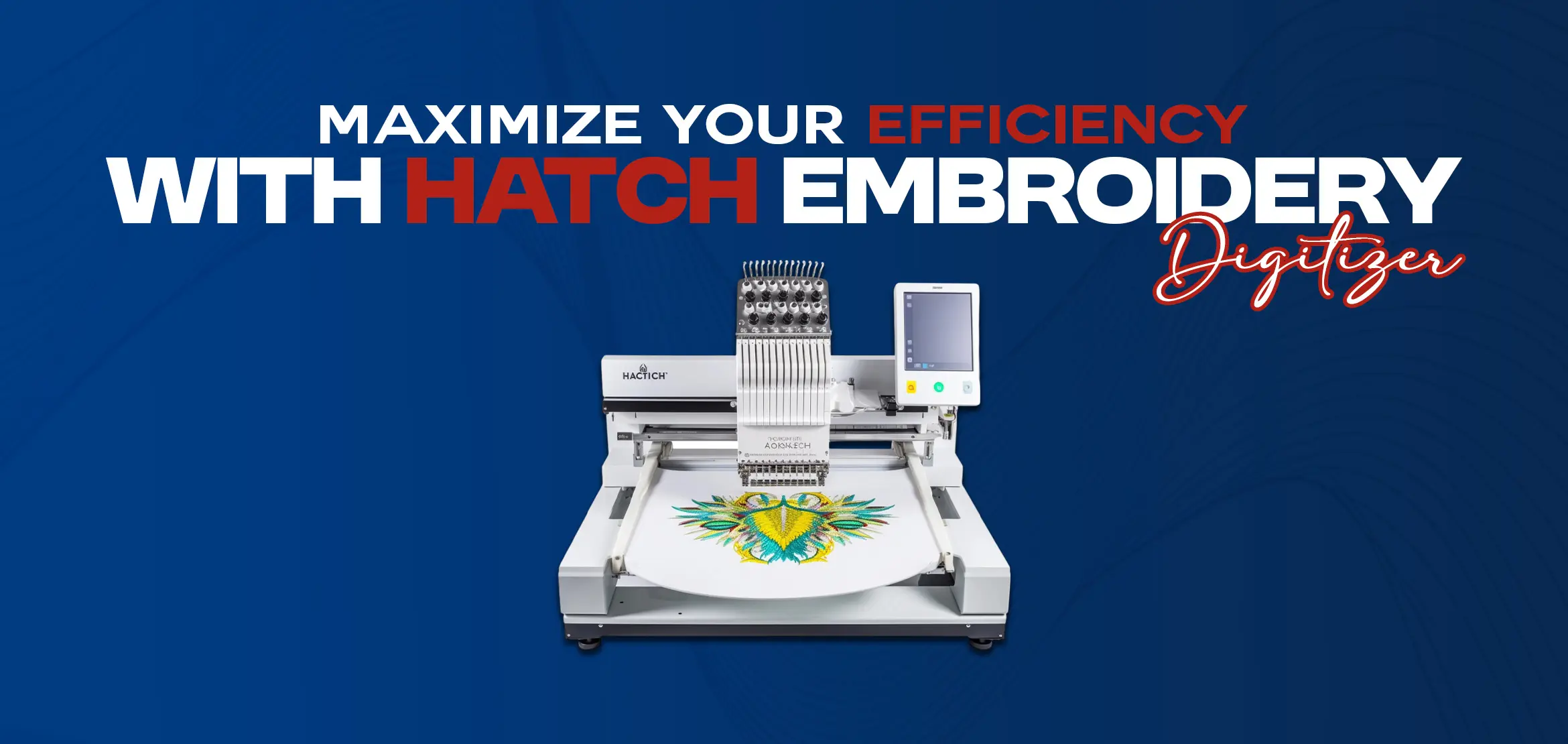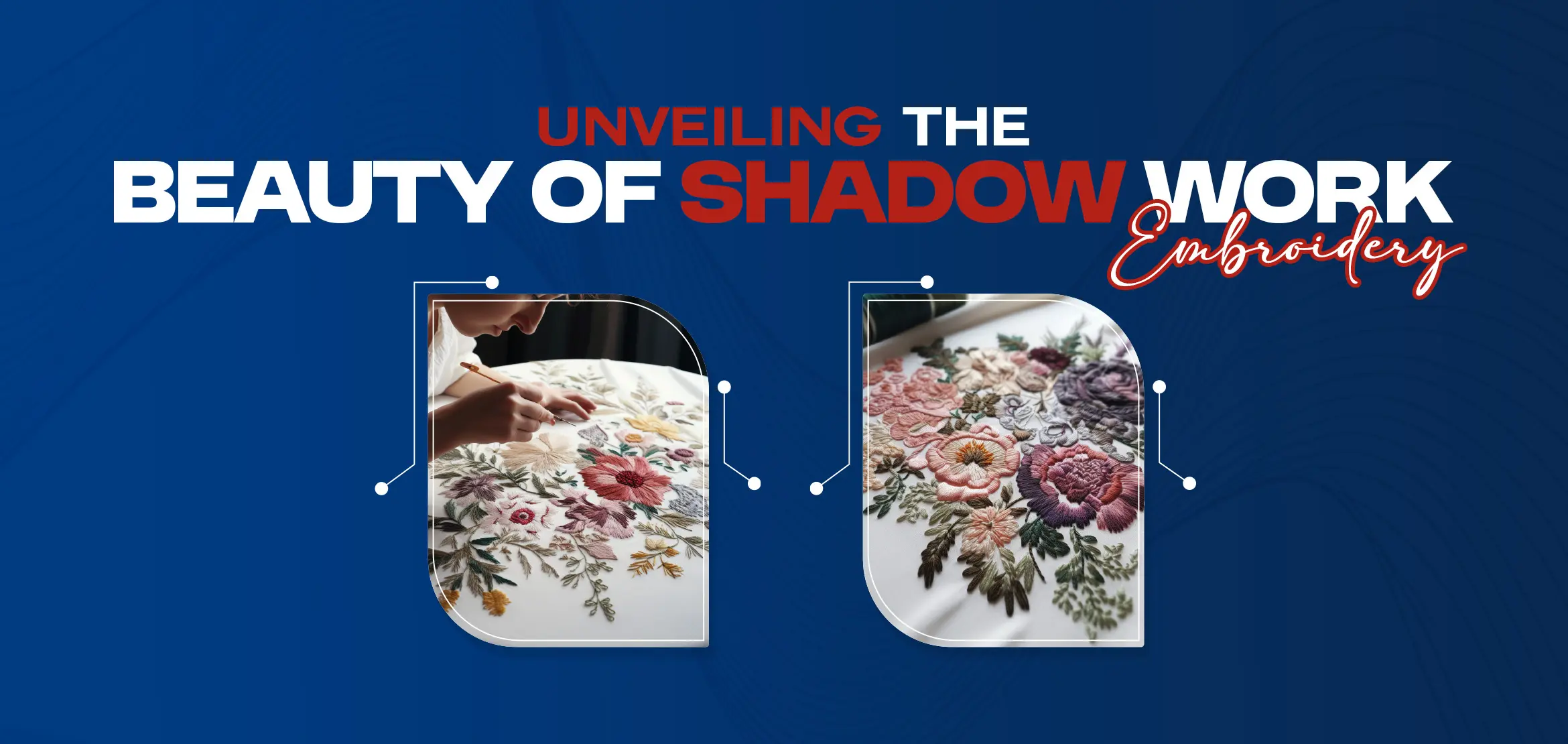
Unveiling the Beauty of Shadow Work Embroidery
Table Of Content
- 1. Introduction
- 2. History of Shadow Work Embroidery
- 3. Tools and Materials For Shadow Work Embroidery
- Embroidery hoop:
- Needles:
- Translucent fabric:
- Embroidery thread:
- Scissors:
- Marking tools:
- 4. Techniques of Shadow Work Embroidery
- a) Basic Shadow Work:
- b) French Knot Shadow Work:
- c) Cutwork Shadow Embroidery:
- 5. Patterns and Designs Of Shadow Work Embroidery
- Motifs:
- Stitch Combinations:
- Thread Colors:
- 6.Applications of Shadow Work Embroidery
- Fashion:
- Home Decor:
- Accessories:
- 7. Tips: Getting Started with Shadow Work Embroidery
- Start with simple designs:
- Practice proper tension:
- Experiment with threads:
- Take your time:
- 8. Preserving the Beauty of Shadow Work Embroidery
- Hand wash gently:
- Avoid direct sunlight:
- Iron with care:
- Final Words
- Frequently Asked Questions (FAQs)
Shadow work embroidery is a captivating form of needlework that adds depth, texture, and elegance to the fabric. It involves creating delicate designs by stitching on translucent fabrics, which allows the underlying fabric or surface to show through the stitches. This technique produces stunning visual effects, giving the impression of shadows and highlights. In this article, we will explore the art of shadow work embroidery, its history, techniques, and the charm it brings to various textile projects. Shadow work embroidery is a time-honored craft that dates back centuries. With its delicate appearance and intricate designs, it has become popular among embroidery enthusiasts and fashion designers. This technique lets the fabric peek through the stitches, creating a subtle and captivating effect that adds depth and dimension to any textile project. Shadow work embroidery has its roots in the 18th century when it gained prominence in Europe and was particularly favored during the Victorian era. Its origin can be traced back to Eastern cultures such as China and India, where similar techniques were used to create beautiful and ornate fabrics. Over time, shadow work embroidery spread across the globe and became a cherished art form. Embarking on your shadow work embroidery journey requires a set of essential tools and materials. Here's an explanation of each item: An embroidery hoop is a crucial tool to keep the fabric taut and steady while stitching. It ensures the fabric remains stable and doesn't shift, allowing you to create precise and accurate embroidery designs. Selecting suitable needles is essential as they should suit your fabric and thread. Different fabrics require different needle sizes, and using the appropriate needle ensures smooth and even stitching. Be mindful of the needle's thickness and length, as it can affect the outcome of your embroidery. Translucent fabrics such as organza, voile, or muslin are commonly used in shadow work embroidery. These fabrics allow light to pass through, enhancing the visual effect of the shadows created by the embroidery. Choose a translucent fabric that compliments your design and desired aesthetic. The choice of embroidery thread is crucial to achieve the desired effect and complement your fabric. Select a thread color that harmonizes with the fabric and design. You can experiment with different thread weights and textures to add depth and dimension to your shadow work embroidery. Scissors are essential tools for cutting threads and trimming excess fabric. Invest in a pair of sharp, fine-tipped scissors that enable precise cutting. Trimming excess fabric helps maintain your finished embroidery's neat and polished appearance. Marking tools are necessary for transferring or outlining your embroidery design onto the fabric. Water-soluble or air-soluble pens and chalk are commonly used for this purpose. These tools allow you to sketch or mark the design without leaving permanent marks on the fabric. The marks will disappear when exposed to water or air, leaving no trace behind. By gathering these tools and materials, you will be well-equipped to embark on your shadow work embroidery journey, ensuring a smooth and enjoyable creative process. Shadow work embroidery offers a range of techniques that allow you to create captivating designs. Here's a brief explanation of each technique: The basic shadow work technique is fundamental to creating shadows in embroidery. It involves stitching parallel lines on the fabric and then weaving the thread through the stitches. As a result, a shadow effect is produced, adding depth and visual interest to the design. This technique is well-suited for achieving simple yet elegant embroidery patterns. You can incorporate French knots to add texture and dimension to your shadow work embroidery. French knots are tiny, tight stitches formed by wrapping the thread around the needle multiple times before inserting it into the fabric. By strategically placing French knots within your design, you can create intricate details and enhance the overall beauty of the embroidery. Cutwork shadow work involves cutting out portions of the fabric and then stitching around the edges to create a delicate lace-like effect. This technique allows light to pass through the cutouts, emphasizing the shadowed areas and creating a captivating visual contrast. Cutwork shadow work requires precision cutting and stitching, resulting in an exquisite and intricate final design. These techniques provide a glimpse into the creative possibilities of shadow work embroidery. By mastering and combining these techniques, you can unlock a world of artistic expression and bring your unique vision to life through your embroidery projects. Shadow work embroidery provides an extensive selection of patterns and designs, allowing for endless creative exploration. Here's a brief overview: You have a diverse range of motifs within shadow work embroidery. Popular options include delicate flowers, graceful leaves, charming animals, and intricate geometric shapes. These motifs can be combined or used individually to create visually captivating designs. One of the exciting aspects of shadow work embroidery is the opportunity to experiment with various stitch combinations. By combining different stitches, such as the basic shadow work stitch, French knots, or other embroidery stitches, you can add texture, depth, and complexity to your designs. Each stitch combination offers a unique effect, allowing you to bring your artistic vision to life. The choice of thread colors plays a significant role in shadow work embroidery. Selecting different shades and hues can evoke specific moods, highlight certain elements, or create striking contrasts. Experimenting with thread colors lets you personalize your designs and make them unique. By exploring the vast array of patterns, experimenting with stitch combinations, and playing with thread colors, you can unleash your creativity and produce one-of-a-kind shadow work embroidery designs. Let your imagination guide you as you discover new possibilities and express your artistic style through this captivating form of needlework. Shadow work embroidery finds its place in many applications thanks to its versatility and charm. Let's explore some of the common uses: Shadow work embroidery offers a beautiful way to enhance fashion pieces. It can be delicately incorporated into blouses, dresses, sarees, or even on accessories like collars and cuffs, instantly elevating the style with an elegant touch. The shadows created by the embroidery add depth and visual interest to the garments, making them stand out. Shadow work embroidery brings a captivating aesthetic to home decor items. You can use it to embellish decorative pillows, curtains, table runners, and lampshades, infusing a sense of enchantment into your living spaces. The delicate shadows cast by the embroidery create a serene and inviting atmosphere, adding a touch of elegance to your home. Transforming accessories into exquisite pieces is made possible with shadow work embroidery. Handbags, clutches, scarves, and even belts can be adorned with intricate shadow work designs, instantly becoming unique and eye-catching fashion statements. The interplay of light and shadow created by the embroidery adds depth and texture to these accessories, making them truly special. These applications demonstrate the versatility of shadow work embroidery, allowing you to express your creativity and enhance various settings. Whether in fashion, home decor, or accessories, the captivating beauty of shadow work embroidery adds a touch of sophistication to any environment. If you're new to shadow work embroidery, here are some helpful tips to kickstart your journey: Begin your shadow work embroidery adventure by selecting simple patterns. Starting with uncomplicated designs allows you to grasp the basic techniques and build confidence. As you progress and become more comfortable, you can gradually take on more intricate and detailed designs. Maintaining the correct tension in your stitches is essential for achieving a neat and balanced appearance in your embroidery. Avoid too loose stitches, as they may result in a sloppy look. Likewise, overly tight stitches can distort the fabric. Practice finding the correct tension that ensures your stitches lie smoothly on the fabric without pulling or puckering. Shadow work embroidery offers an opportunity to explore the vast array of thread options available. Experiment with different thread weights and colors to see how they influence the outcome of your embroidery. Thicker threads may create more pronounced shadows, while different color combinations can produce contrasting or harmonious effects. Allow yourself to play with threads and discover the unique possibilities they offer. Shadow work embroidery requires patience and precision. It is a meticulous craft that rewards careful attention to detail. Take breaks when needed to rest and rejuvenate, maintaining focus throughout the process. Enjoy the meditative quality of embroidery and savor shadow work's slow, deliberate nature. Allowing time and space allows you to immerse yourself in the art and create exquisite pieces entirely. By following these tips, you can embark on your shadow work embroidery journey with confidence and enjoyment. Remember to start small, practice proper tension, explore different threads, and embrace the unhurried nature of this beautiful craft. To ensure the longevity and beauty of your shadow work embroidery creations, it's essential to follow these maintenance and care guidelines: Due to the delicate nature of shadow work embroidery, it is best to hand wash any items adorned with this technique. Use a mild detergent and lukewarm water to cleanse the fabric gently. Avoid harsh rubbing or twisting, as it can distort or damage the embroidery. After washing, gently squeeze out excess water and lay the item flat to dry. Prolonged exposure to direct sunlight can cause the fabric and threads of your embroidery to fade over time. To preserve the vibrant colors and intricate details, store or display your embroidered pieces in a location away from direct sunlight. If you choose to showcase them, consider using UV-protective glass or displaying them in a shaded area. If ironing becomes necessary to remove wrinkles or creases, take precautions to protect the embroidery. Place a clean or pressing cloth over the embroidered area before applying the iron. Set the iron to low heat or use the "delicate" setting to prevent excessive heat from damaging the stitches. Gently press the cloth over the embroidery, avoiding dragging or rubbing motions. Following these maintenance and care tips ensures that your shadow work embroidery pieces remain beautiful and well-preserved for years. Hand washing with care, avoiding direct sunlight, and ironing with caution will help retain the delicate artistry of your creations. Shadow work embroidery is a timeless and captivating art form that adds a touch of enchantment to any textile project. Its delicate stitches and intricate designs allow the fabric to shine through, creating a mesmerizing interplay of light and shadow. Whether you're an experienced embroiderer or just starting, shadow work embroidery offers limitless opportunities for creativity and self-expression. Whether you need assistance digitizing your patterns or seeking professional embroidery services, Digitizing USA offers high-quality solutions to elevate your embroidery projects. Visit Digitizing USA today to learn more and unleash your creativity with shadow work embroidery. Q1: Can shadow work embroidery be done on any fabric? Shadow work embroidery can be done on various fabrics, but it is best suited for translucent or sheer fabrics like organza, voile, or muslin. Q2: Is shadow work embroidery difficult to learn? Shadow work embroidery can be mastered with practice and patience. Starting with simpler designs and gradually progressing to more complex ones will help develop the necessary skills. Q3: Can shadow work embroidery be done by hand or machine? Shadow work embroidery is traditionally done by hand. While some machines offer similar effects, this art form's intricate details and delicate nature are best achieved through hand stitching. Q4: How long does it take to complete a shadow work embroidery project? The time required to complete a shadow work embroidery project depends on the complexity of the design and the stitch density. It can range from a few hours to several days or even weeks. Q5: Where can I find patterns and inspiration for shadow work embroidery? Patterns and inspiration for shadow work embroidery can be found in books, online resources, and craft magazines. You can also create your designs by drawing inspiration from nature, art, or personal experiences1. Introduction
2. History of Shadow Work Embroidery
3. Tools and Materials For Shadow Work Embroidery
Embroidery hoop:
Needles:
Translucent fabric:
Embroidery thread:
Scissors:
Marking tools:
4. Techniques of Shadow Work Embroidery
a) Basic Shadow Work:
b) French Knot Shadow Work:
c) Cutwork Shadow Embroidery:
5. Patterns and Designs Of Shadow Work Embroidery
Motifs:
Stitch Combinations:
Thread Colors:
6.Applications of Shadow Work Embroidery
Fashion:
Home Decor:
Accessories:
7. Tips: Getting Started with Shadow Work Embroidery
Start with simple designs:
Practice proper tension:
Experiment with threads:
Take your time:
8. Preserving the Beauty of Shadow Work Embroidery
Hand wash gently:
Avoid direct sunlight:
Iron with care:
Final Words
Frequently Asked Questions (FAQs)
